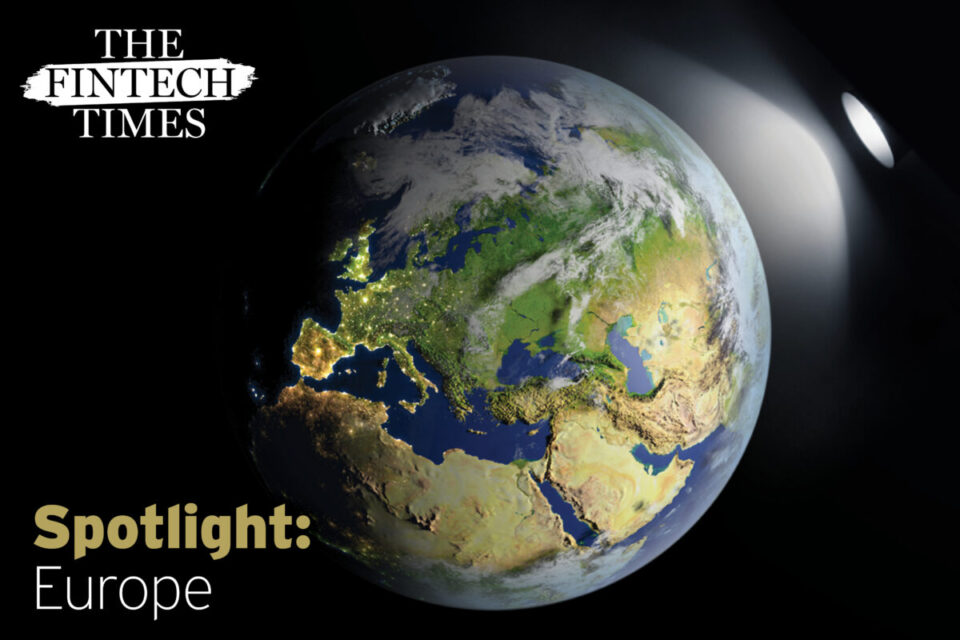Uncertainty over a potential Russian invasion of Ukraine has resulted in twice the amount of people searching for how to transfer money in and out of the country, according to data from MoneyTransfers.com.
Figures show visits to the site’s Ukraine page increased by 173 per cent between the periods of 18 March 2021-31 August 2021, and 1 September 2021 to 14 February 2022.
A remarkable spike in visits was logged by the website in February 2022, with page views reaching their highest-ever level, amid warnings from US officials an attack on Ukraine could be imminent.
The advice posted on the ‘Send Money to Ukraine’ page provides information on how to transfer funds to Ukraine and receive money through bank transfers, online money transfer services and in-store cash transfers. There are also comparisons of currency conversion rates against the Ukrainian hryvnia.
“Rising tensions at the Russia-Ukraine border are clearly having economic consequences around the world, moving stock markets and sending oil prices to the highest levels in years,” says Jonathan Merry, CEO at MoneyTransfers.com.
“We also expect to see an impact on global remittances – money sent to Ukraine from nationals living overseas – as the price of goods within the country may go up in case of any conflict, and more people could be driven abroad. Ukrainians may also be looking to transfer their money out of the country in fear of economic instability.” He continued, “remittances are a key part of the Ukrainian economy, with around $11.9billion arriving into the country each year. Since 2016, remittances have accounted for around 10 per cent of Ukraine’s GDP.”
Speaking exclusively to The Fintech Times Merry added, “Uncertainty at the Russia-Ukraine border is not letting up and people are searching for ways to send money into and out of the country. Visits to the ‘Ukraine’ page on MoneyTransfers.com nearly tripled in the six months to 14 February, and it has seen all-time highs since the US began warning an invasion of Ukraine could be imminent.
“Around 25 per cent of working-age Ukrainians live abroad and we know from media reports that some of those who are able are considering heading overseas in case war breaks out. Meanwhile, remittances are key to the Ukrainian economy and made up 9.7 per cent of its GDP in 2020. No one knows how the situation in Ukraine will play out if things escalate, but prices for Ukrainians may increase if supplies are reduced.”
Tense time on financial markets as door is slammed shut on hopes of a Ukraine summit
Susannah Streeter, senior investment and markets analyst, Hargreaves Lansdown said, ‘’Investors are increasingly tense as hopes of significant talks aimed at solving the crisis evaporate and the first sanctions have thrown been thrown into Russia’s path with threats of more to come. The volatility which has hit stocks is set to remain as traders assess this latest attempt to slow down the march towards a full invasion of Ukraine. President Biden may say he hopes that a diplomatic solution will be found, but it’s the equivalent of shouting through the letterbox given the summit door has been slammed shut. Oil prices are still hovering near seven-year highs and with the NordStream 2 pipeline plans halted, gas prices are likely to stay highly elevated with fewer supplies set to come through and could rise sharply if aggression intensifies. Germany is among the European countries highly reliant on Russian supplies and lacks infrastructure to immediately wean itself off dependence. The conundrum of trying to hit Russia hard with sanctions that could ricochet back and harm Western economies isn’t going to go away any time soon. Russia has built up hefty foreign exchange reserves, totalling almost $640billion in its central bank, which will help insulate the country from economic shocks.
“Central Banks will be navigating these conflicting tides as they decide how fast and how steeply rates should be raised to try and cool down hot consumer prices. With higher oil and gas prices such inflationary drivers, the turn of events is unlikely to deter them from the immediate policy signalled of fresh hikes. However if fuel soars further and starts to hurt businesses and the wider economy, policymakers may be tempted to soften their approach later this year. If a full blown conflict breaks out, there is also likely to be significant disruption to ship movements around the Black Sea. This could lead fuel higher food inflation given that Ukraine, Russia, Kazakhstan and Romania all ship grain from ports in the area. The extra pounds on bills are piling up for families, with the increase in fuel, energy and grocery bills set to hit lower income households harder. With budgets being squeezed further the likely knock on effect of a fresh rise in prices, caused by the escalating situation in Ukraine, would be a blow to consumer confidence, after lockdown savings are increasingly worn away.
“For investors, it’s worth remembering that in times of increased nervousness, it’s even more crucial to have a diversified portfolio. There are already signs of bargain hunting among traders, keen to snap up shares sensitive to the situation but concentrating efforts on ensuring holdings represent a basket of different assets across varied geographies is likely to provide more resilience.’’




